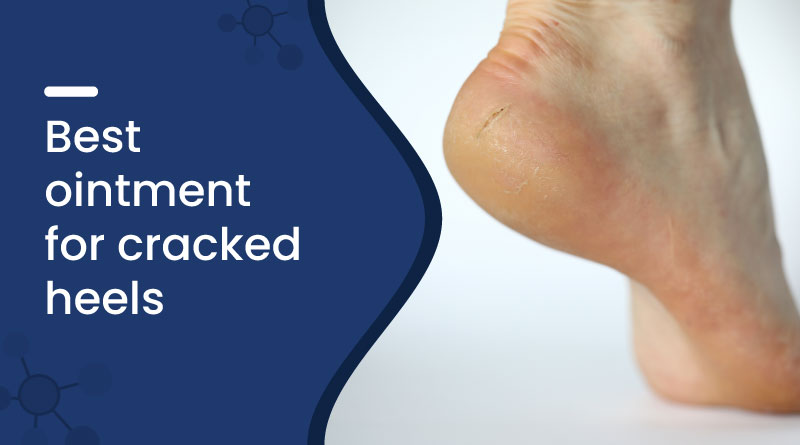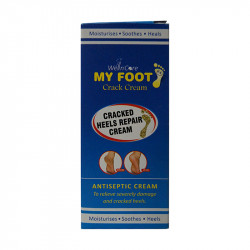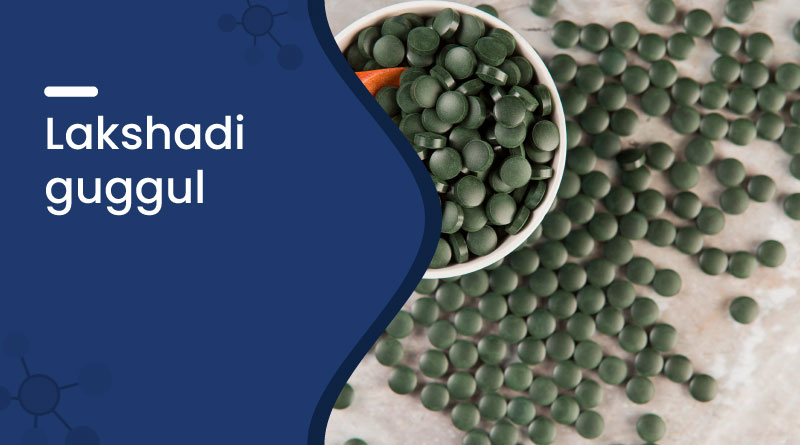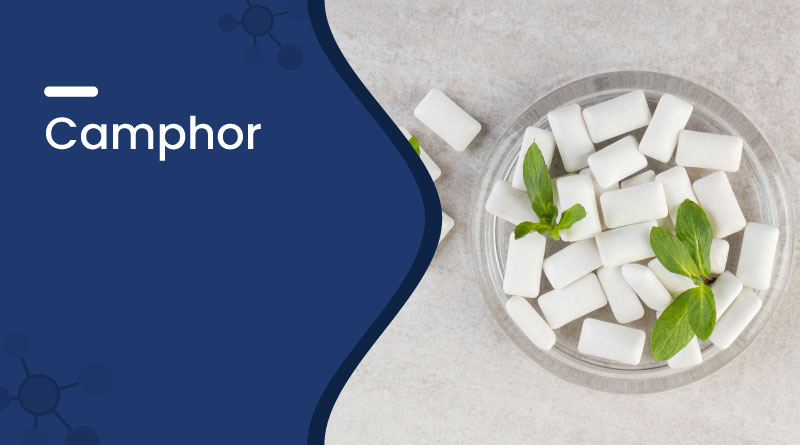Best Ointment for Cracked Heels – Heal Dry, Painful Feet Fast


Cracked heels are a common foot problem, especially in dry weather or due to prolonged standing. They appear as rough, dry, and sometimes painful fissures on the heel skin. Not only can they be uncomfortable, but untreated cracked heels may lead to bleeding or infection. That’s why using a good ointment is key—offering deep hydration, repairing the skin barrier, and preventing further damage.
Why use ointment for cracked heels?
- Deep Moisturization: Ointments form a layer that keeps the skin's moisture locked in.
- Skin Repair: Ingredients like urea or lanolin help restore skin, reducing cracks.
- Pain Relief: Soft, smooth heels reduce discomfort when standing or walking.
- Infection Prevention: A healed skin surface prevents bacterial or fungal entry.
- Simple At-Home Care: Applying ointment is easy and effective with regular use.
How to use cracked heel ointment?
- Wash your feet with warm water and gentle soap.
- Pat dry gently with a soft towel.
- Exfoliate rough skin using a pumice stone (optional).
- Apply a thick layer of ointment on the heels.
- Massage gently into the cracks and dry areas.
- Wear cotton socks to lock in moisture.
- Use twice daily—morning and before bed.
- Stay consistent until the heels are fully healed.
Benefits of ointment for cracked heels:
- Deeply Moisturizes Dry Skin: Ointment soaks into your heels, giving you deep hydration. It softens hard skin and reduces dryness, helping your feet stay smooth and healthy all day long.
- Heals Painful Cracks Quickly: It repairs deep heel cracks and reduces pain. The healing ingredients create a protective layer that speeds up recovery and brings comfort with regular use.
- Prevents Further Skin Damage: By locking in moisture and forming a barrier, the ointment protects your heels from dirt, infections, and friction, preventing cracks from getting worse or returning.
- Makes Feet Soft and Smooth: Using ointment daily makes your heels soft, smooth, and crack-free. It removes rough patches, giving your feet a clean and attractive look you’ll feel good about.
- Soothes Itching and Irritation: Cracked heels often itch or burn. The ointment helps calm the skin, reducing irritation, redness, and discomfort for quick relief and a soothing, cooling effect.
- Safe for Daily Use: Most ointments use natural or skin-safe ingredients, making them gentle enough for everyday use without causing side effects, even for people with sensitive skin.
- Improves Foot Hygiene: Cracks can trap dirt and bacteria. The ointment helps close gaps and keeps your skin clean, lowering the risk of infection and improving overall foot hygiene.
- Affordable and Easy to Use: Ointments are budget-friendly and easy to apply. Just rub it on clean feet daily—no complex steps or tools are required, making foot care simple and effective.
List of Generic Salt Name for Cracked Heels
| Generic Salt Name | Main Benefit for Cracked Heels |
|---|---|
| Urea | Softens thick, dry, and rough skin; promotes healing |
| Lactic Acid | Exfoliates dead skin and improves moisture retention |
| Salicylic Acid | Removes dead skin cells and softens calluses |
| Glycerin | Hydrates and locks moisture in dry skin |
| Allantoin | Soothes, protects, and helps skin regeneration |
| Petroleum Jelly | Forms a barrier to seal in moisture and heal cracks |
| Lanolin | Moisturizes and repairs cracked, rough heels |
| Vitamin E | Promotes skin repair and prevents dryness |
| Shea Butter | Deeply nourishes and softens rough skin |
| Coconut Oil | Moisturizes and has antibacterial properties |
| Zinc Oxide | Protects and helps heal skin irritation and minor cuts |
Best ointments for cracked heels
| Product | Use for Cracked Heels |
|---|---|
| My Foot Crack Cream | Heals cracked heels, softens dry and rough skin, and prevents further cracking |
You can order the medicine online from Zeelab Pharmacy, available at the best prices.
How does cracked heel ointment work?
Cracked heel ointment works by deeply moisturizing the skin, softening rough areas, and healing cracks. It forms a protective layer that locks in moisture, reduces pain, and prevents further dryness, helping your feet feel smooth, soft, and healthy again.
How to know my condition is improving?
You’ll know your condition is improving if the heel cracks reduce, pain decreases, skin feels softer, and there's less dryness or bleeding. Regular use of ointment speeds up healing.
What to avoid
- Avoid barefoot walking
- Don’t peel the skin
- Skip hot showers
- Avoid harsh soaps
- Don’t ignore dryness
- Avoid tight or open shoes
- Don’t scratch your heels
- Skip chemical scrubs
When to see a Doctor:
- Cracks are deep, bleeding, or painful.
- Signs of infection, like redness, appear.
- Swelling or pus comes from the cracks.
- Home treatments show no improvement.
- A diabetic patient with cracked or dry heels.
- The skin around the heels feels numb or tingling.
- Cracked heels worsen despite proper care.
- Thick, hard skin makes walking difficult.
Natural tips to support cracked heel treatment:
- Stay Hydrated: Drink water daily to hydrate skin from the inside.
- Use Mild Soap: Helps prevent dryness.
- Wear Cotton Socks at Night: Helps ointment work better overnight.
- Use Soft Pumice Stone Weekly: Clears dead skin gently and safely.
- Choose Airy, Comfortable Footwear: Prevents sweat, dryness, and rubbing.
- Eat Omega-3 Rich Foods Daily: Keeps your skin soft and healthy naturally.
Choosing the right ointment
- Check Ingredients: Go for urea, glycerin, lanolin, petrolatum, or shea butter.
- Consider Severity: Thick calluses need higher urea; mild dryness needs lighter balm.
- Look for Gentle Formula: Avoid strong fragrances or irritants.
- Reputable Brand: Opt for known skincare or pharmacy brands.
- Doctor’s Advice: Consult a dermatologist for stubborn or painful cracks.
Conclusion
Cracked heels are common but can worsen without proper care. Using the right ointment helps repair and hydrate dry skin. Prevention through awareness, proper footwear, and regular moisturization is key. Don’t ignore early signs; timely treatment prevents complications. Choose a trusted medicine and follow usage instructions. With the right steps and consistency, smooth and pain-free heels are possible.
Frequently Asked Questions (FAQs):
Q: How often should I apply cracked heel ointment?
A: Apply twice daily on clean, dry heels for best healing and moisture lock.
Q: Can I use cracked heel ointment daily?
A: Yes, daily use keeps heels soft, moisturized, and prevents cracks from returning.
Q: Is cracked heel ointment safe for diabetics?
A: Use diabetic-safe ointments only; consult a doctor for the right recommendation.
Q: When will I see the results?
A: Healing usually takes 1–2 weeks with regular application and proper foot care.
Q: Should I cover my feet after applying ointment?
A: Yes, wear cotton socks to help the ointment absorb better and protect cracked heels.
Q: Can children use cracked heel ointment?
A: Most are for adults; consult a pediatrician before using on children’s sensitive skin.
Q: Will ointment stop my heels from itching?
A: Yes, it soothes itching by deeply moisturizing dry, cracked, and irritated heel skin.
Q: Can I apply ointment before sleeping?
A: Yes, the nighttime application works best as the skin heals faster during rest.









 Added!
Added!